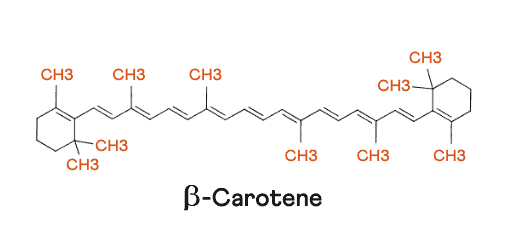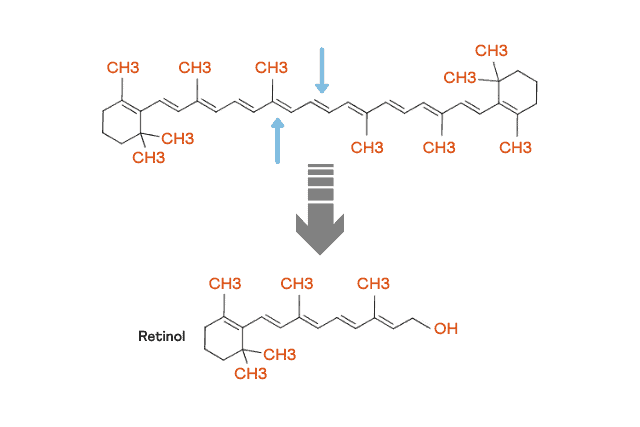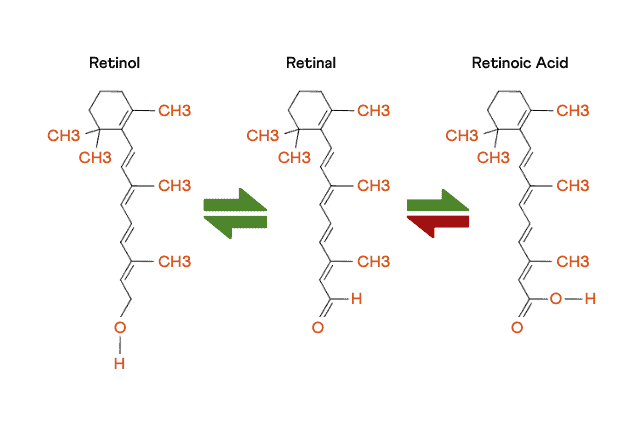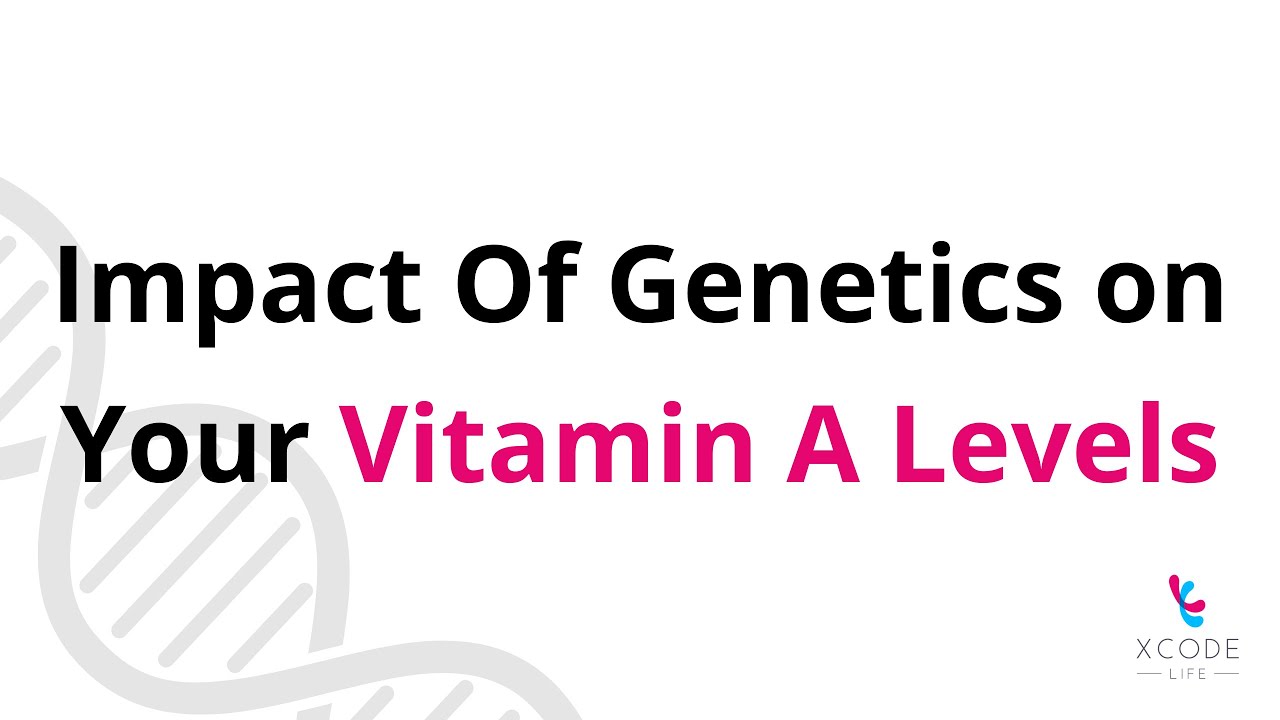Vitamin A is important for the overall development and maintenance of the body. Our body does not produce vitamin A on its own. It needs to be supplemented through diet; that's why it's called an essential vitamin.
How Does Vitamin A Benefit Our Vision?
The retina is the film screen, located at the very back of the eye. It contains two important cells that process the light entering our eyes.
The rod cells help us see in low light, while the cone cells help our color vision. The rod cells contain an important protein called rhodopsin, which moderates low light vision. A form of vitamin A called the retinal helps activate rhodopsin.
This is why a severe deficiency of vitamin A can cause night blindness.
Other Health Benefits of Vitamin A
Vitamin A is also crucial for maintaining skin integrity and forming new skin cells. Since vitamin A is an excellent antioxidant, including it in your diet every day can lower your risk for heart attack.
Beta-carotene or Provitamin A
We all know that carrots are a good source of vitamin A. They are a rich source of a molecule called beta-carotene. Beta-carotene is a provitamin A. Provitamins are substances that are converted into active vitamins in the body.
Beta-carotene is what is responsible for the bright orange color of the carrot. All plants provide vitamin A in the form of beta-carotene, among other forms.
Conversion of Provitamin A to Active Vitamin A
Vitamin A is present as retinol, a form of active vitamin A, in animal food sources. Now, the beta-carotene from plant sources must be converted to active vitamin A for it to be useful to the body.
Let’s see how that happens.
The structure of beta carotene resembles that of a dumbbell - two ring-like structures joined by a chain. This chain is cut in a particular way to give rise to two molecules of retinol, or active vitamin A. This cleavage happens in the liver.
Image: Cleavage of beta-carotene to retinol
Vitamin A in the body can be converted or interconverted into different formats. The retinol and retinal forms are interchangeable, while there’s only a one-way conversion from retinal to retinoic acid.
Image: Different forms of active vitamin A
The retinal form of vitamin A is absorbed by the intestinal villi along with fats. From there, it is transported to and stored in the liver. Whenever there's a requirement for vitamin A, retinal is released by the liver. It then binds to the specific retinol-binding protein, which serves as a carrier to transport it to various locations of the body.
The BCMO1/Vitamin A Gene
The cleavage or the cutting of beta-carotene to form retinol is carried out by an enzyme called Beta Carotene Oxygenase or Monooxygenase. This enzyme is produced by the gene called BCMO1 or BCO1.
Every person has two copies of the BCMO1 gene. But, about 45 percent of the population carries at least one change or variation in the gene that reduces the enzyme activity. This results in a significantly impaired ability to convert beta-carotene into retinal.
Depending on which combination of variants someone has, beta-carotene conversion can be nearly 70 percent lower than its normal efficiency.
Vitamin A Deficiency
Vitamin A deficiency has serious health implications.
- According to the World Health Organization, vitamin A deficiency is the leading cause of preventable blindness in children worldwide.
- Since vitamin A is important for immune functioning, a deficiency increases the risk of infection and anemia.
- It can also lead to fertility-related issues and impair fetal growth and development.
- Vitamin A deficiency is also one of the causes of increased acne breakouts and dry skin.
Getting a Genetic Test
Knowing your BCMO1 gene status can help you gauge your genetic risk for vitamin A deficiency. This can be done through a genetic test.
Most genetic tests provide your DNA information in the form of a text file called the raw DNA data. This data may seem like Greek and Latin to you.
At Xcode Life, can help you interpret this data. All you have to do is upload your raw data and order a nutrition report. Xcode Life then analyzes your raw data in detail to provide you with comprehensive nutrition analysis, including information on your vitamin A requirements.









